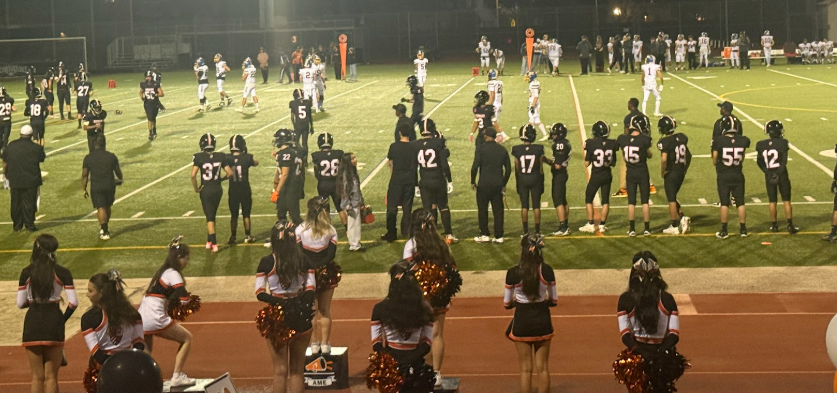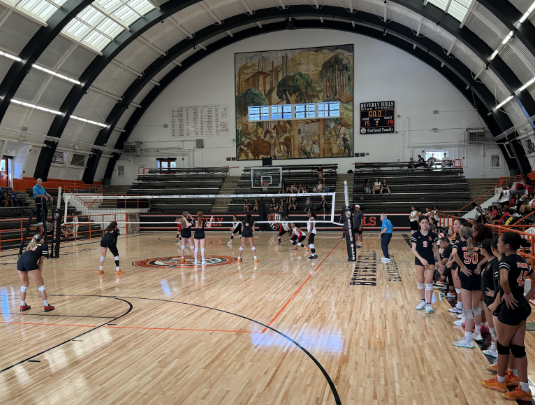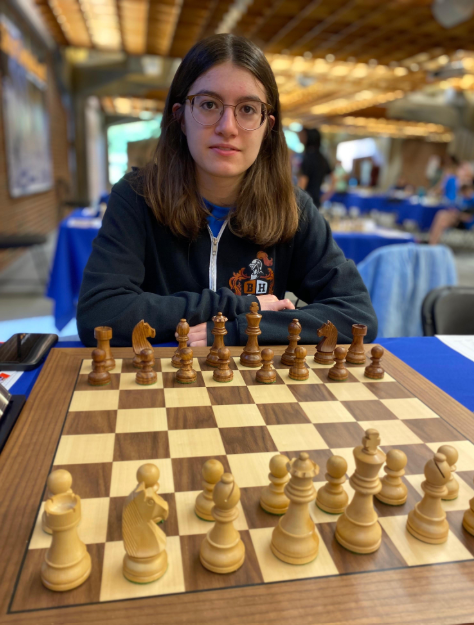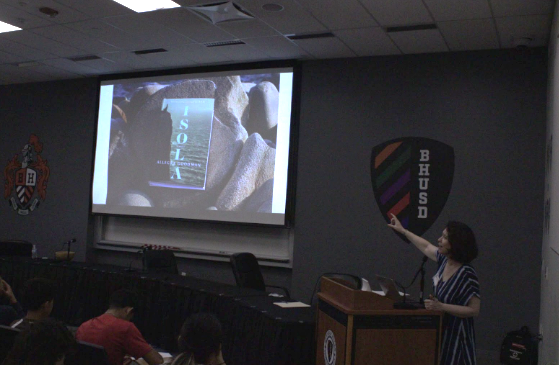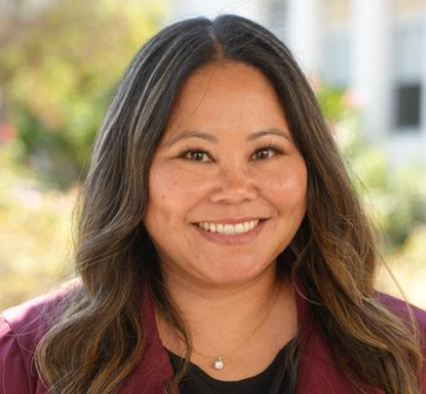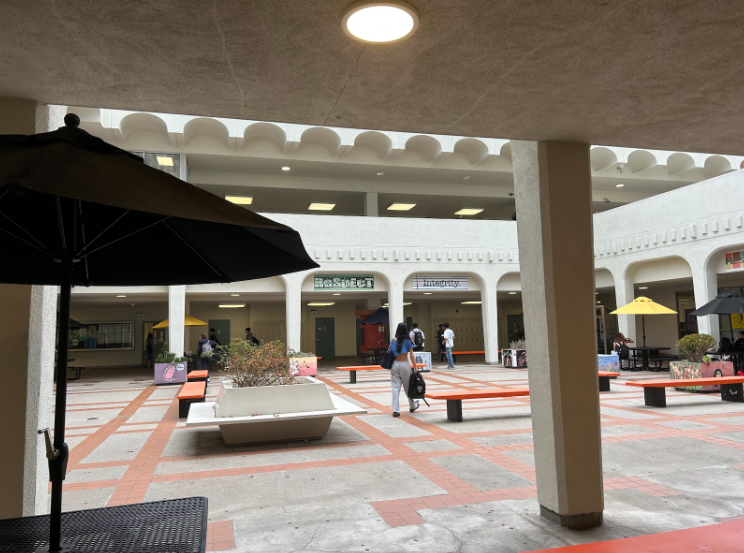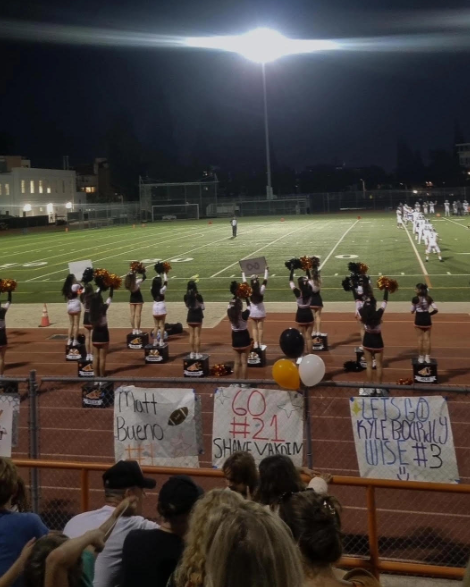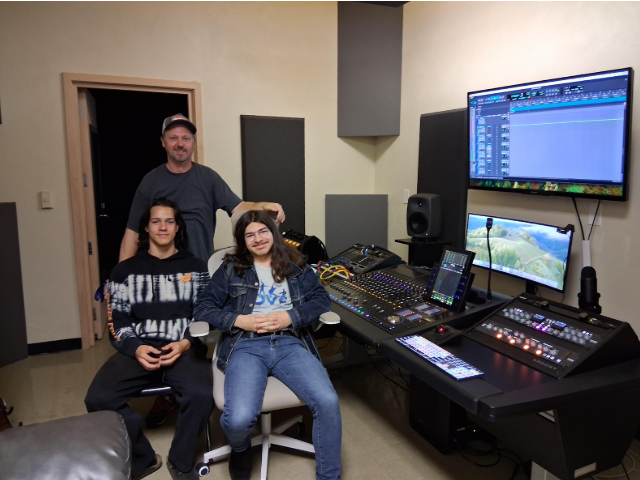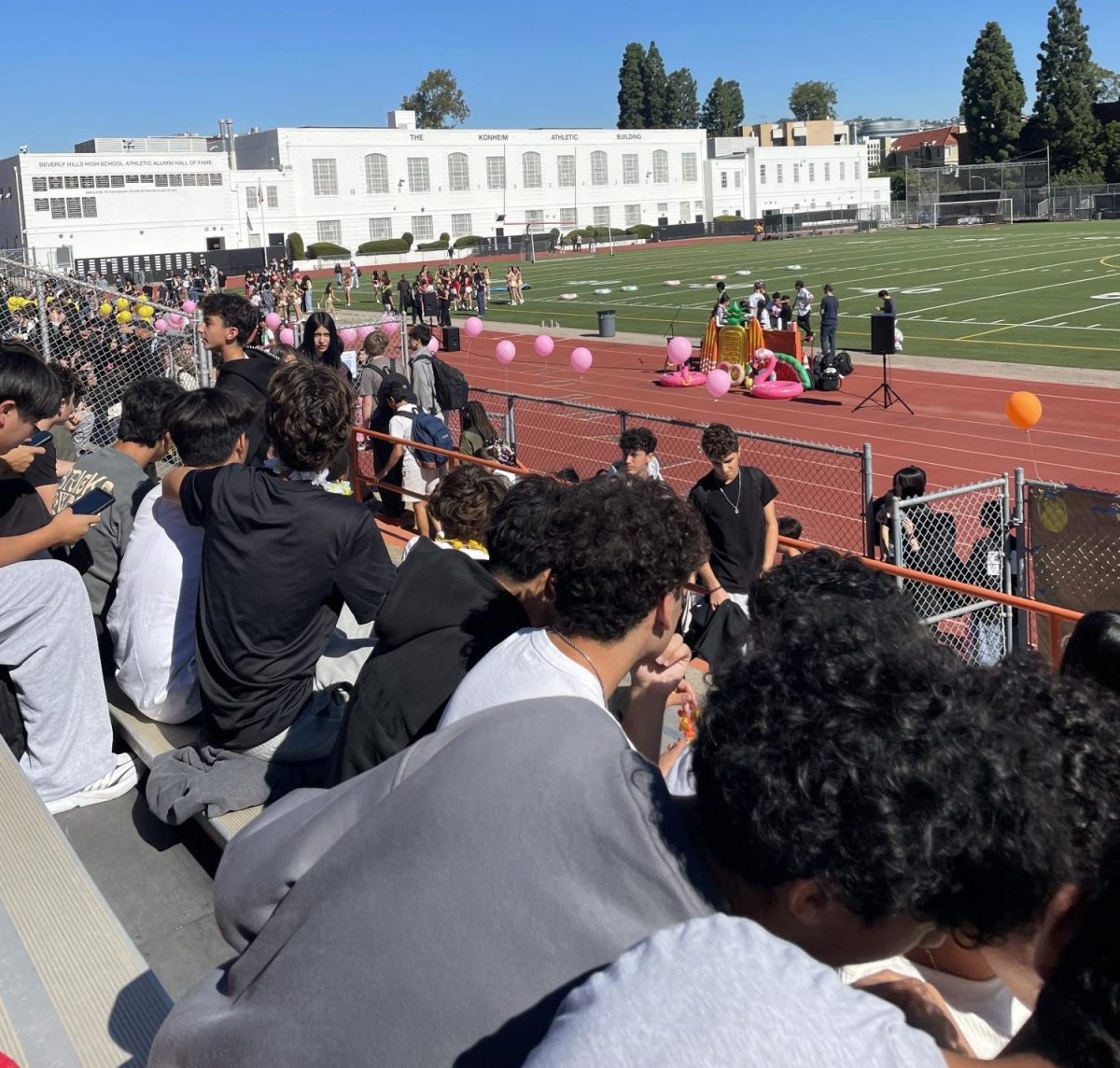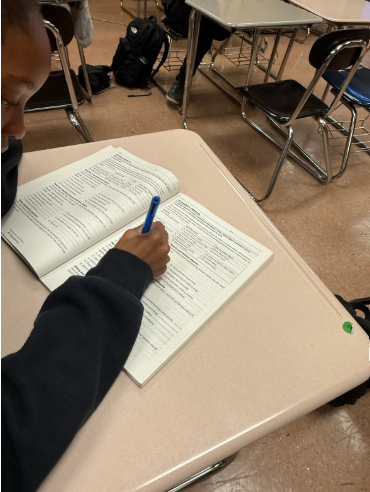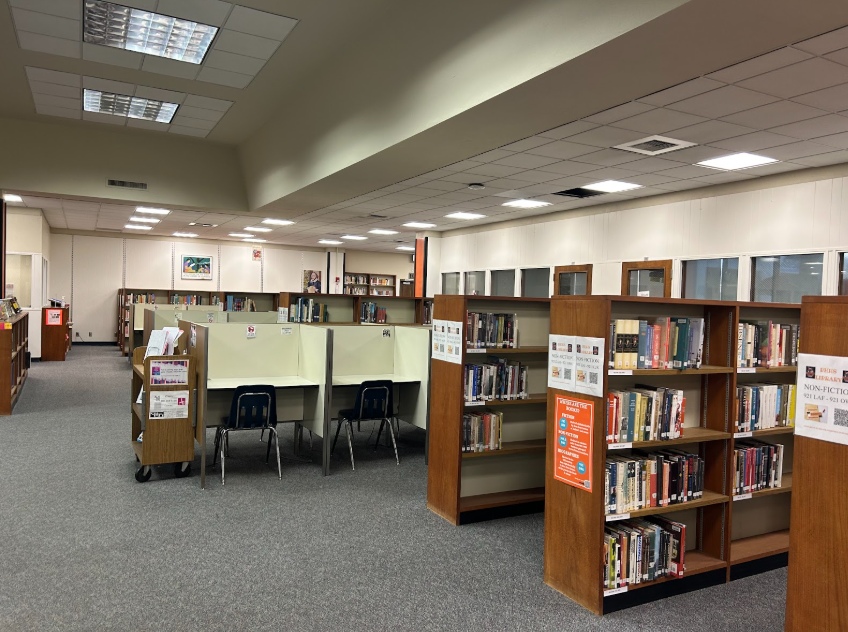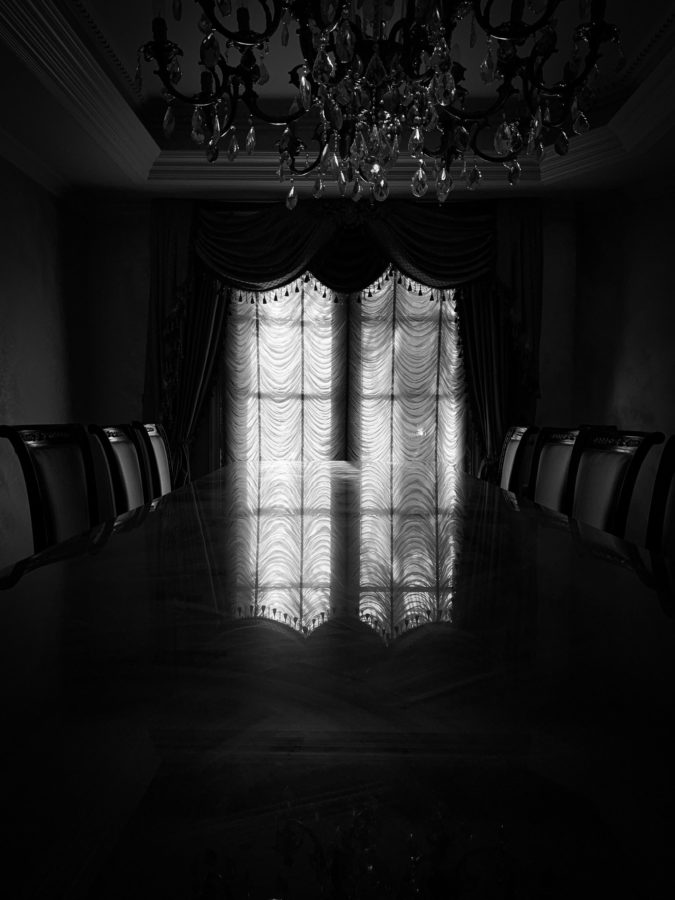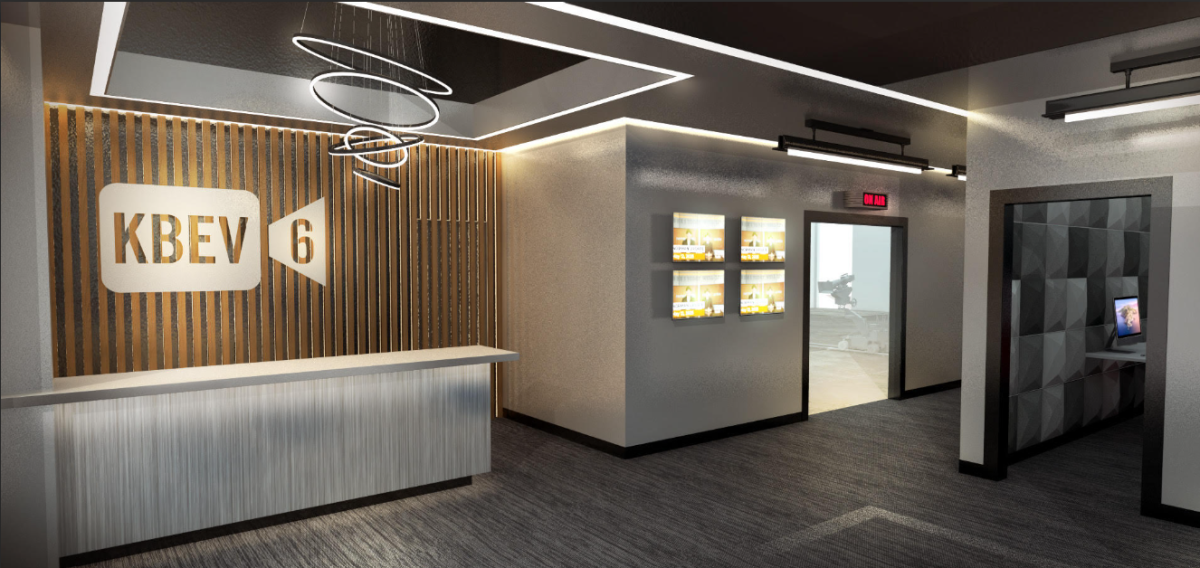Visual and performing arts programs, including drawing and painting, theater and photography, have been forced to alter assignments as a result of conditions caused by the safer-at-home order.
Students in photography no longer have access to the same equipment to shoot and develop photos, so their current assignments are all based indoors and shot on phones. Drama teacher Kaz Chandler has also made adjustments by creating Zoom opportunities for her Intro to Theater, Drama Lab and Theater Art Workshop classes. In the drawing and painting class, students have attempted to create artwork with limited supplies.
“Some students don’t have access to as many materials at home as they did at school, which makes it harder to produce the best quality art possible,” drawing and painting student sophomore Georgia Evensen said.
Evensen has faced some challenges with the adjustment, mostly because of time management.
“[The class] is more difficult now since we have to budget our own time to get projects done on time; whereas at school we obviously had a designated period every day to work,” Evensen said.
However, she recognizes that for the most part the class has not faced many changes.
“We’re continuing with exactly the same projects and weekly assignments that we had at school and attempting to devote a similar amount of time to our art per week that we had at school,” Evensen said.
Sophomore Caprice Neman, a photography student, also has similar assignments as she did when students were on campus. She thinks photography is at the same level of difficulty as before.
The class is not the exact same, though, with mandatory Zoom lessons and a change in the quality of photos possible.
“We can’t have access to the darkroom, but we are using our iPhones,” Neman said. “The quality is a little bit different.”
Tim Briggs, the photography teacher, thinks that the use of the iPhone has made the process of switching to a digital format a “pretty easy transition.” He also thinks this new format has allowed for a unique photographic opportunity.
“It’s been interesting because we don’t spend a lot of time using the iPhone usually, so this has forced us to take a look at something we wouldn’t have ordinarily done,” Briggs said.
Briggs has made all of his assignments indoor in order to observe the “stay-at-home” order. While his class is certainly different, Briggs thinks that his students have reacted well to the new changes.
“It’s hard for everybody, [but] I think they’ve done pretty well, all things considered,” Briggs said. “We’re having a good turnout, everybody’s turn[ing] their work in.”
Chandler’s theater program has been more difficult to adapt to fit current conditions. However, she has tried to adjust appropriately without changing anything too drastically.
“I tried really hard to look at the curriculum that I had planned for the end of the year, and make my alterations as subtle as possible,” Chandler said.
The transition has been a little bit easier due to the fact that most of her instruction takes place from August to April, so she has less to teach the students. There has been one especially difficult aspect of the transition, though: the production of plays.
Usually, from April to May, Chandler directs a small Intro To Theater show, a Drama Lab improv show, an original Theater Art Workshop piece and the school musical. While none of these projects will be happening with a live audience in the near future, she has used Zoom tools to teach the students similar skills, including improv.
For Chicago, the school musical, Chandler is unsure of how the production will look in the future, but she is certain that it will take place. This is because she does not want to waste the $20,000 spent on production and the work of the students.
“We will do Chicago in some manner [but] we don’t know how yet,” Chandler said. “We tentatively put a hold on the 14th and 15th at the Saban, but I think it is highly doubtful that Los Angeles will be allowing audiences to collect if they do allow that. [If they do], it will be with social distancing.”
Chandler thinks that while Chicago may not happen at those dates, it will be performed either via a livestream or at a date after the seniors are already at college.
“All of those seniors have said that they have interest in seeing it through to the end,” Chandler said. “It might be a situation where we [find] a weekend where everybody can get together for a couple of [days].”
Instead of putting on other plays, students are now creating “Saturday Night Live”-like skits, radio shows and podcasts.
Chandler has also co-hosted, with dance teacher Dana Findley, question-and-answer video chats with a variety of professional performing artists. These artists, most of whom are being announced at a later date, range from Broadway actors to famous dancers.
One of the difficulties that Chandler faces with these video chats is that a lot of students are not participating, which frustrates her.
“How is this different than getting up and going to school? How is this different than knowing you have a rehearsal?” Chandler said. “You’re expected to be at [classes] and the[re is a] looseness of the students [who say], ‘Oh, I was up till 3 a.m. and I slept through my alarm so I didn’t make it to my Zoom class.’”
She thinks that the work students put in is an indicator of whether they will succeed later in life.
“Getting the kids to commit, be here and be present [is] the work,” Chandler said. “The ones that are putting in the work, not wearing their PJs, they’re up, they’re alert, they’re filling this screen, their faces are active, those are the kids that are going to make it.”
Categories:
Arts programs adjust curriculum, adapt to “stay-at-home”
April 27, 2020
The photo was taken by sophomore Caprice Neman, who took the picture for photography teacher Timothy Briggs’ photography project. The photo was taken and edited on an iPhone.
0
Donate to Highlights
$125
$1000
Contributed
Our Goal
Your donation will support the student journalists of Beverly Hills High School. Your contribution will allow us to purchase equipment and cover our annual website hosting costs.
More to Discover







